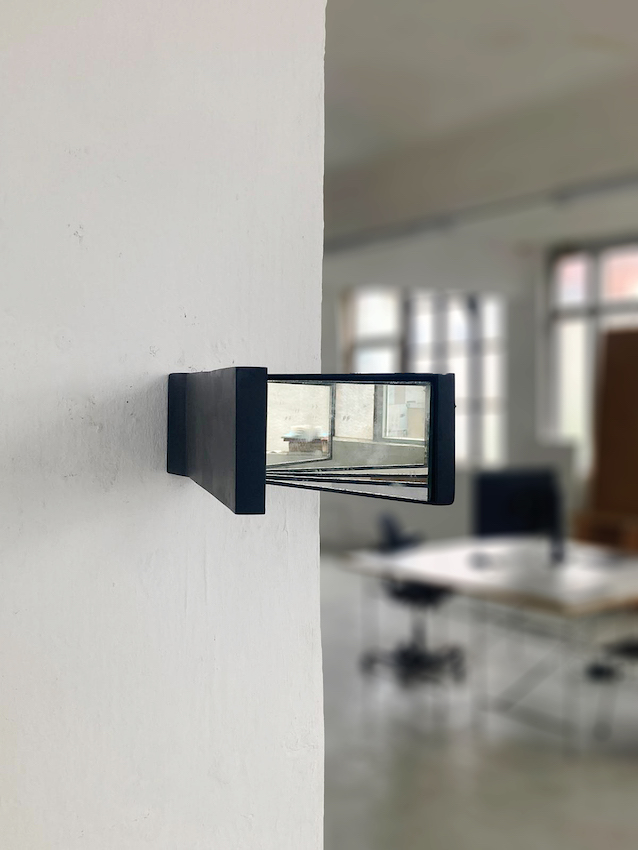
Quantum Leap
It’s a story of telescoping with multiple narrative voices, a story made up of other stories embedded in turn in past, present and future stories, ones about rejects and enigmas. Stories of stories that cross ages and boundaries, only to return like a boomerang. Going against the grand narrative of Western modernity, clock time has gone haywire and yielded to quantum-like temporalities. Temporalities become entangled, intertwined, curved, lengthened, distorted and forked. Like a string with birth at one end and death at the other, linear time joined end-to-end forms a loop that becomes a ball held in the hand in which the sum total of events collide into each other, all chronology lost.
To mark the tenth anniversary of Galerie Éric Mouchet, the Quantum Leap exhibition explores alternative time-space in which automation, acceleration and algorithms rub shoulders with deep geological time, queer temporalities and spatio-temporal mixes that render consistency ever more elusive and random co-wanderings ever more predominant.
It’s via a television series from the early 1990s, of all things, that an attempt is made to work back through the time loops of a hegemonic world culture. Code Quantum tells the story of a scientist stuck in the second half of the 20th century in the United States. In each episode, Dr. Samuel Beckett (named after the absurdist writer) becomes a new character and tries to repair the errors of the past so as to influence the future in line with the principle of causality. The series is replete with clichés, moralising, and gender attitudes shaped by the somewhat disconcerting male gaze it blithely promulgates, but it does nevertheless foresee the possibility of jumping from one world or system of oppression to another, like the sudden change of state of a quantic system. In one episode, Sam transmutes into a black man in 1950s Alabama; in others he plays a woman victim of harassment at work, a Native American, a homosexual in the army, a teenager with Down syndrome, a visually impaired person, and a chimpanzee sent into space during the Cold War. Al, his faithful companion (an endearing character with a gravelly voice and disco outfits), gives him frequently shaky advice using his tablet Ziggy.
Sam is the archetypal hero (a heteronormative, able-bodied, highly athletic, white male with six doctorates under his belt), whose mission is “to repair history”. Like our Western cultures fascinated by mirrors, reflections and speculation, he discovers the person he embodies in his reflection forcing him to suddenly change his point of view. In the last episode, Mirror image, Dr. Samuel Beckett, finally facing himself, chooses to remain within his temporal paradoxes to the great dismay of fans, and thus returns to square one.
This is the moment we are going through right now. We’re at an artificial stop in the master chronometer of white male technologies, which forces us to take a head-on look at the mythology underpinning our own globalization: the past is never set in stone, nor is it ever fixed within the encoded lines of dominant historiographies. The opposite in fact: it constitutes a reservoir of revolutionary potential. Whereas time may not exist, we nevertheless live in a geometric framework in which space and time cannot but be correlated: by moving through time we move through space too, like one vase pouring into another.
The Quantum Leap exhibition is full of cables, portals, networks and other measuring tools (compass, groma, orthonormal axis) of the kind that link up the world and organize its invisible infrastructure. From the Stone Age to the Silicon Age, the exhibition travels inside and outside the tubes, folds and holes of memory. Fleeing the old totalizing approach that subsumes History under the arrow of Progress and Rationality, the works play on nested chronotopes and contingent stratifications. Sometimes distance outpaces time (Capucine Vever, Eva L’hoest & James Vaughan), sometimes time folds space on itself (Pierre Gaignard, Vincent Voillat), becomes spiral (Nicolas Bourthoumieux), a cocoon (Eve Gabriel Chabanon), or inhabits point zero (Marc Buchy). Through subtle temporal montages and the interweaving of fragmented stories, the works make a quantum leap in the understanding of layered relationships.
Marion Zilio
MORE INFORMATIONS:
// Press release
// Quantum Leap (09/07-12/21/2024 | Brussels
// Commissariat de : Marion Zilio
// Avec les œuvres de : Nicolas Bourthoumieux, Marc Buchy, Eve Gabriel Chabanon, Pierre Gaignard, Eva L’Hoest & James Vaughan, Capucine Vever, Vincent Voillat
Category:
Exhibitions
Capucine Vever, Exhibition view Quantum Leap, Galerie Eric Mouchet Brussels, 2024 © Hugard & Vanoverschelde
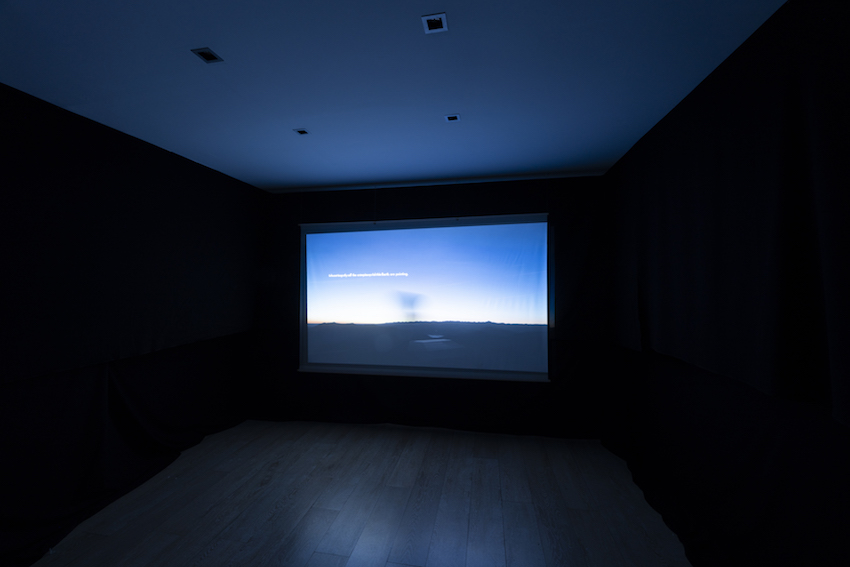
Eve Gabriel Chabanon, exhibition view Quantum Leap, Galerie Eric Mouchet Brussels, 2024 © Hugard & Vanoverschelde_2
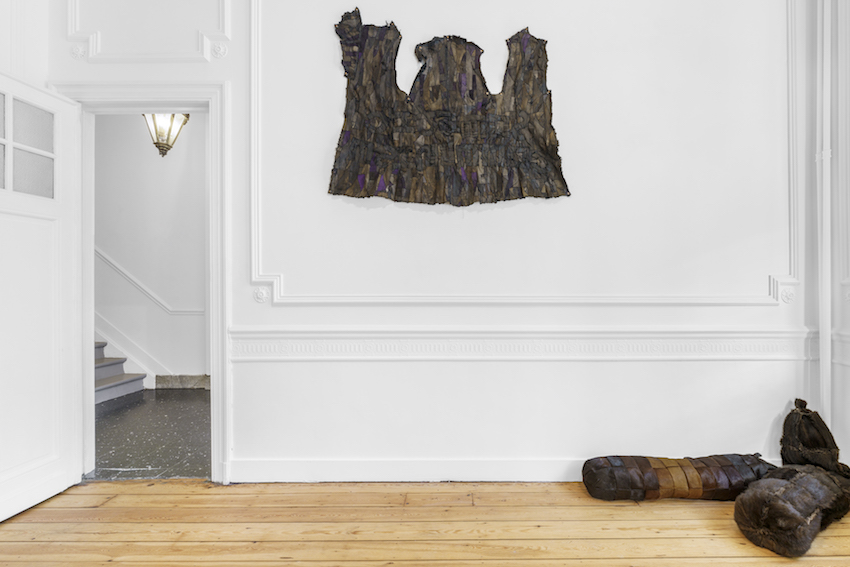
Eve Gabriel Chabanon, exhibition view Quantum Leap, Galerie Eric Mouchet Brussels, 2024 © Hugard & Vanoverschelde_1
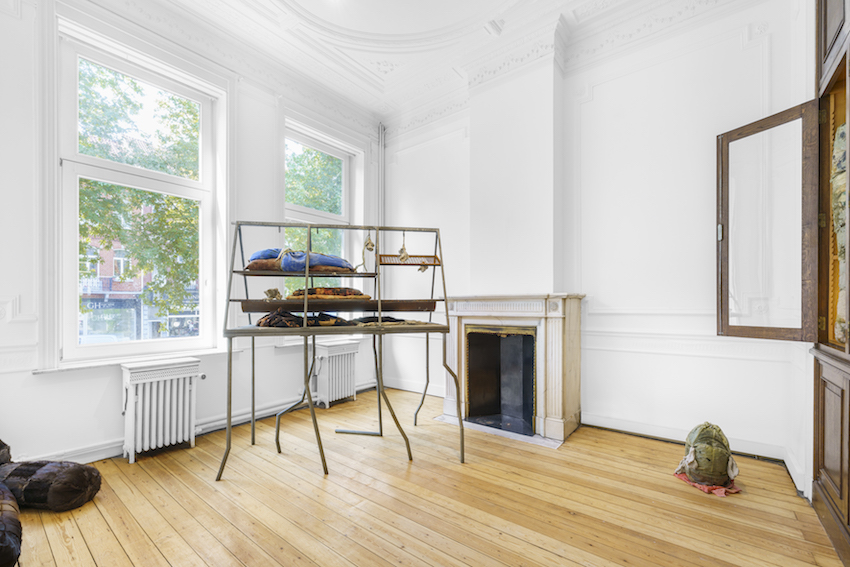
Eve Gabriel Chabanon, exhibition view Quantum Leap, Galerie Eric Mouchet Brussels, 2024 © Hugard & Vanoverschelde_3
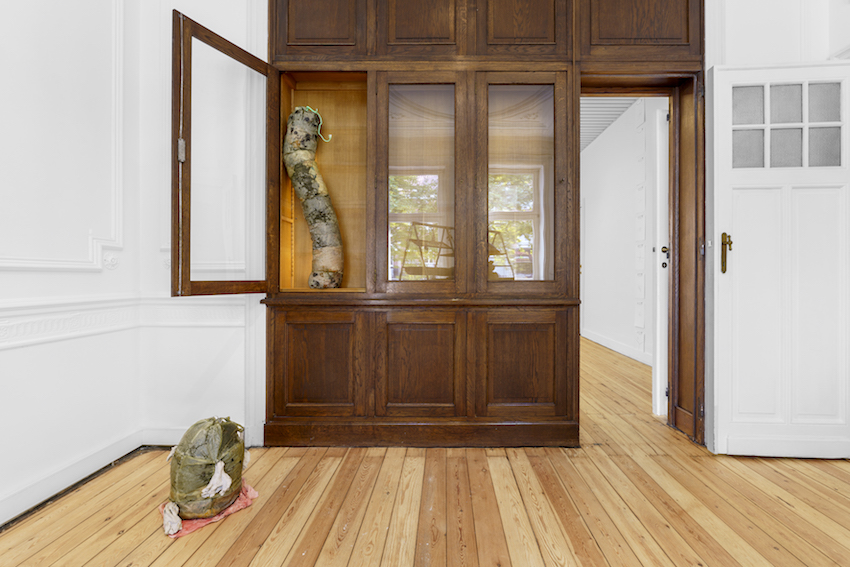
Pierre Gaignard, exhibition view Quantum Leap, Galerie Eric Mouchet Brussels, 2024 © Hugard & Vanoverschelde_1
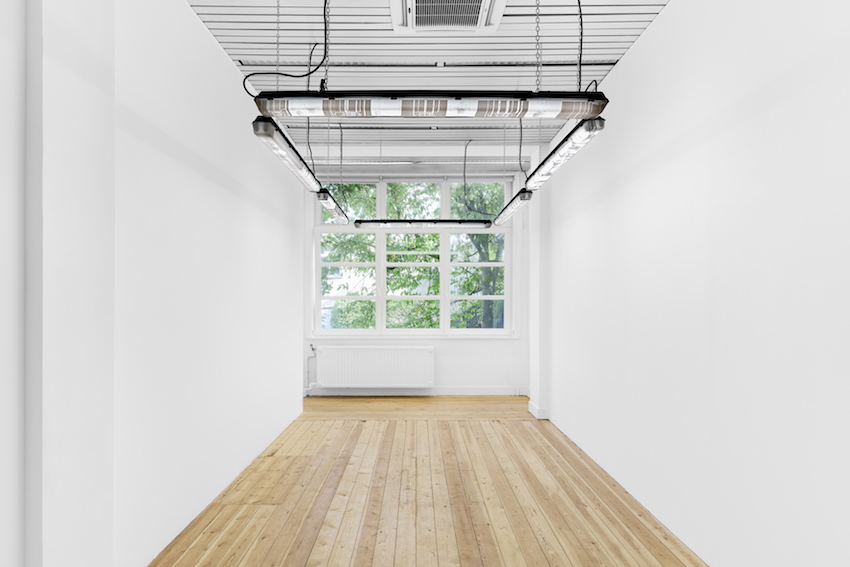
Pierre Gaignard, exhibition view Quantum Leap, Galerie Eric Mouchet Brussels, 2024 © Hugard & Vanoverschelde_2
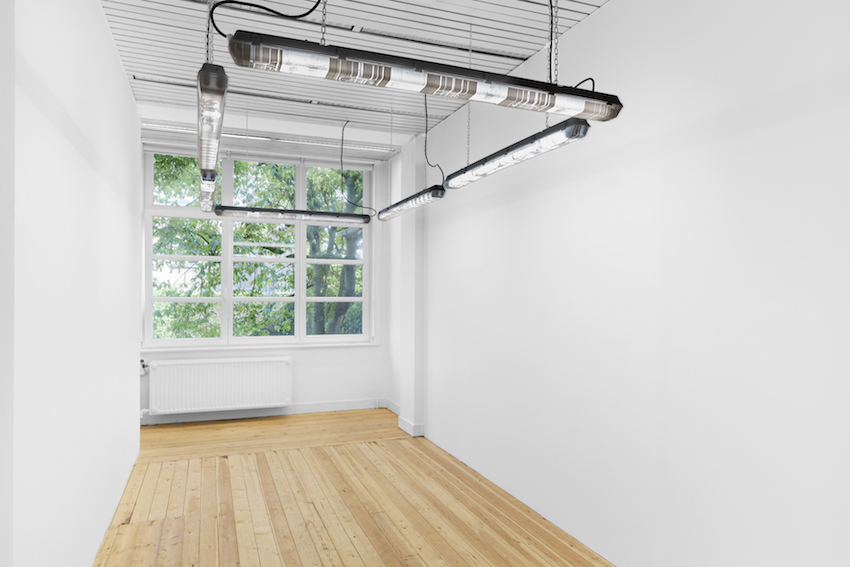
Pierre Gaignard, exhibition view Quantum Leap, Galerie Eric Mouchet Brussels, 2024 © Hugard & Vanoverschelde_3
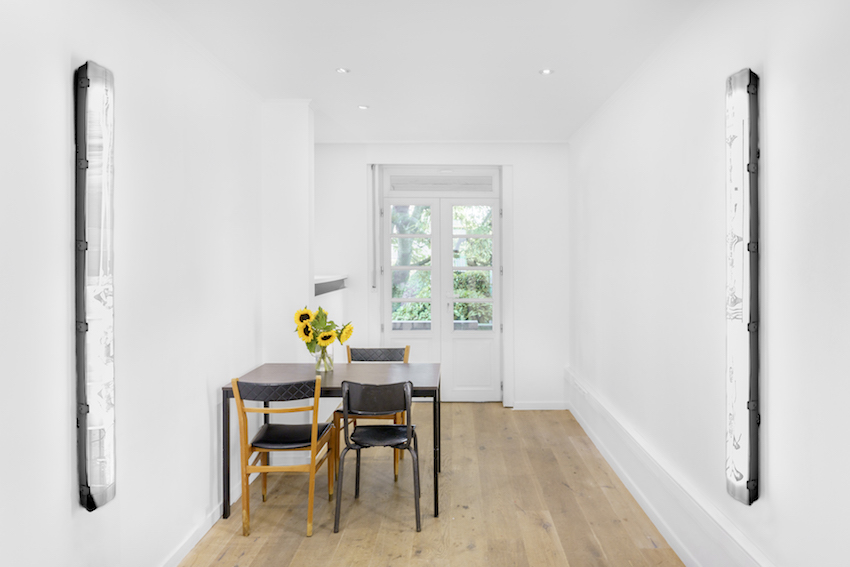
Exhibition view Quantum Leap, Galerie Eric Mouchet Brussels, 2024 © Hugard & Vanoverschelde_1
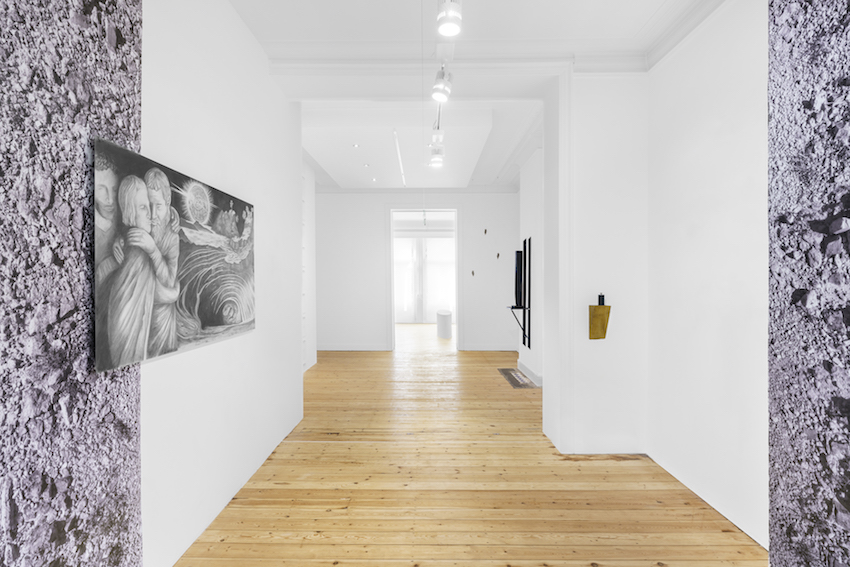
Marc Buchy, exhibition view Quantum Leap, Galerie Eric Mouchet Brussels, 2024 © Hugard & Vanoverschelde_1
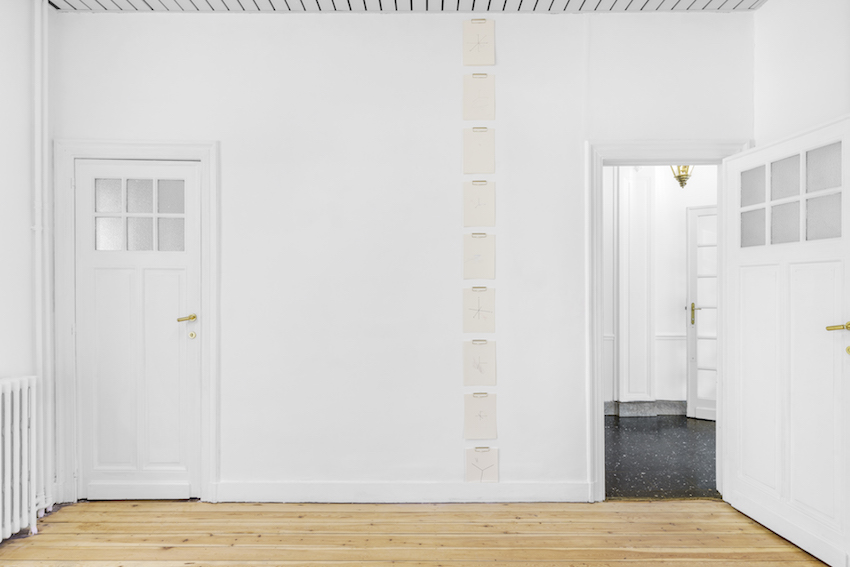
Eva L’Hoest & Nicolas Bourthoumieux, exhibition view Quantum Leap, Galerie Eric Mouchet Brussels, 2024 © Hugard & Vanoverschelde
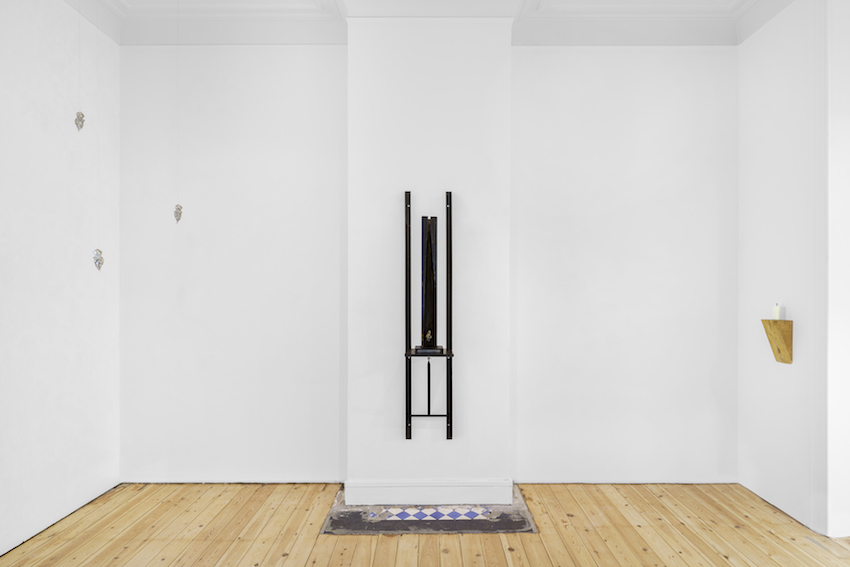
Exhibition view Quantum Leap, Galerie Eric Mouchet Brussels, 2024 © Hugard & Vanoverschelde_4
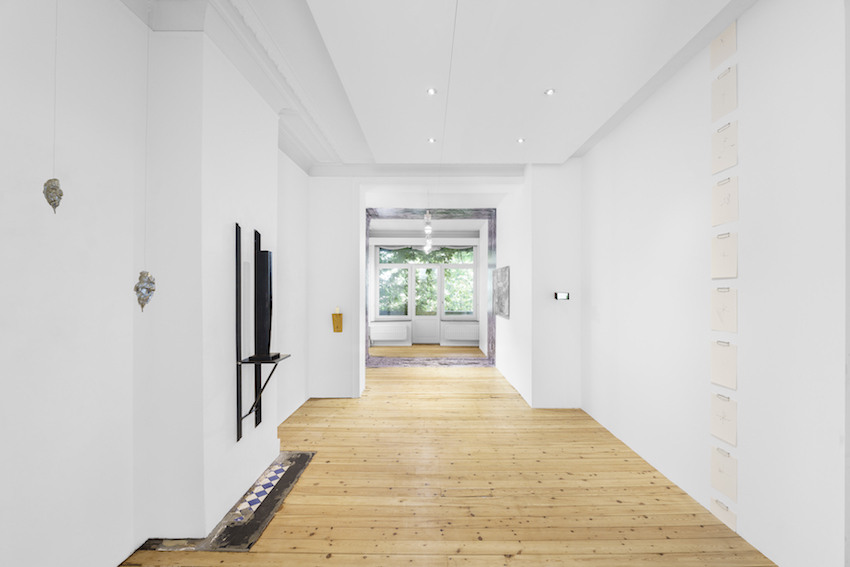
Exhibition view Quantum Leap, Galerie Eric Mouchet Brussels, 2024 © Hugard & Vanoverschelde_2
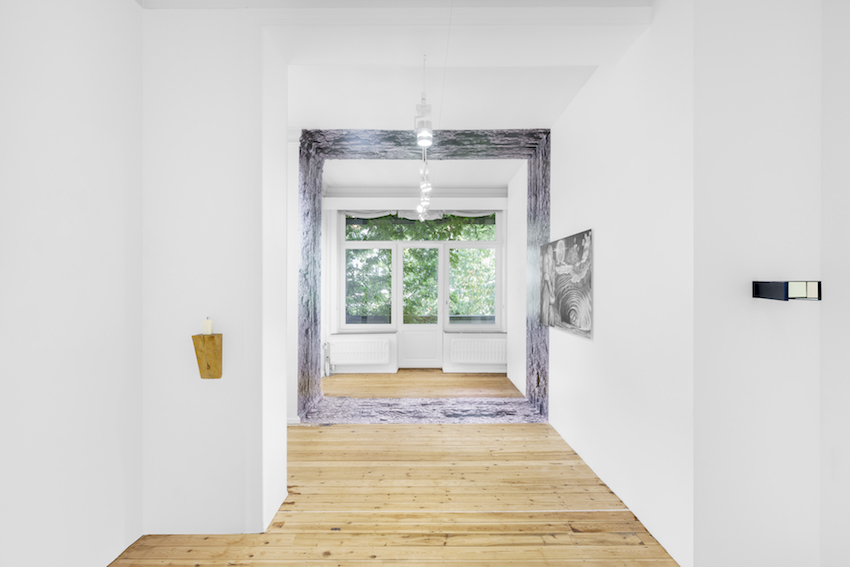
Vincent Voillat, exhibition view Quantum Leap, Galerie Eric Mouchet Brussels, 2024 © Hugard & Vanoverschelde_1
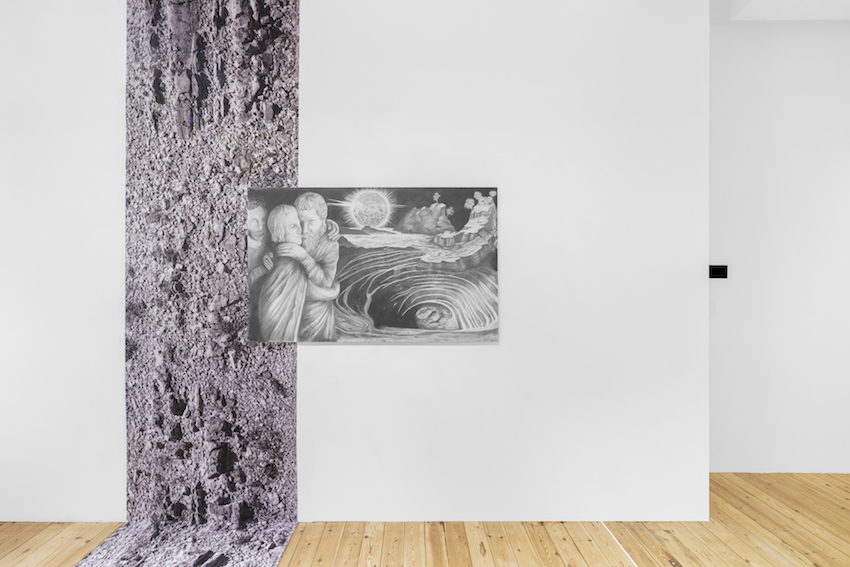
Vincent Voillat, exhibition view Quantum Leap, Galerie Eric Mouchet Brussels, 2024 © Hugard & Vanoverschelde_2
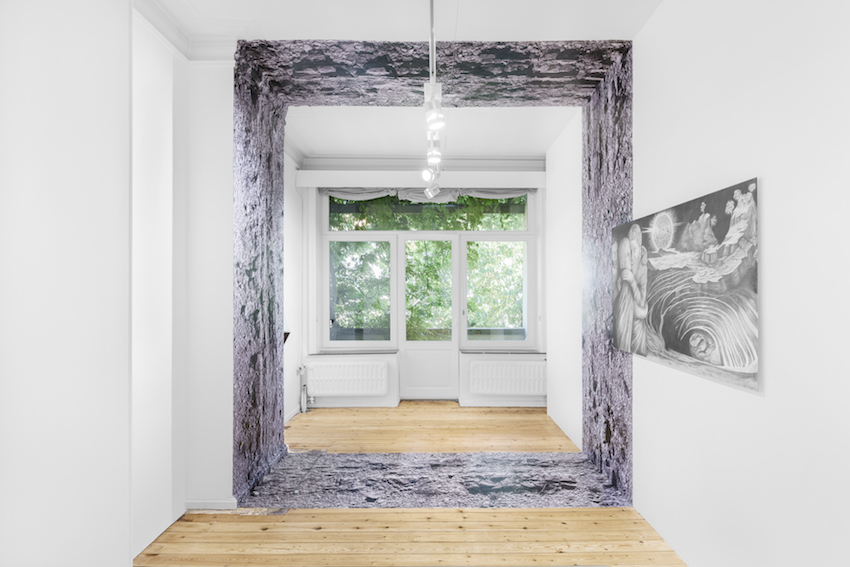
Exhibition view Quantum Leap, Galerie Eric Mouchet Brussels, 2024 © Hugard & Vanoverschelde_3
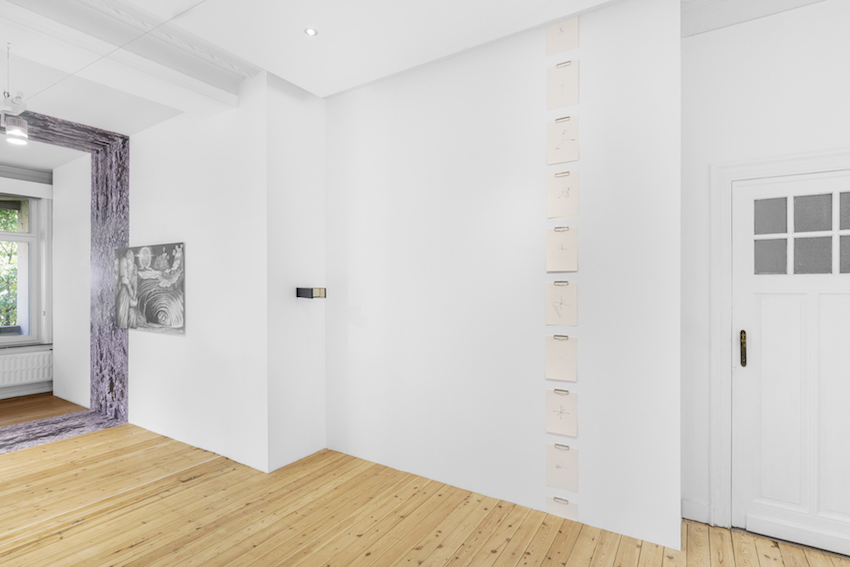
Marc Buchy, exhibition view Quantum Leap, Galerie Eric Mouchet Brussels, 2024 © Hugard & Vanoverschelde_2
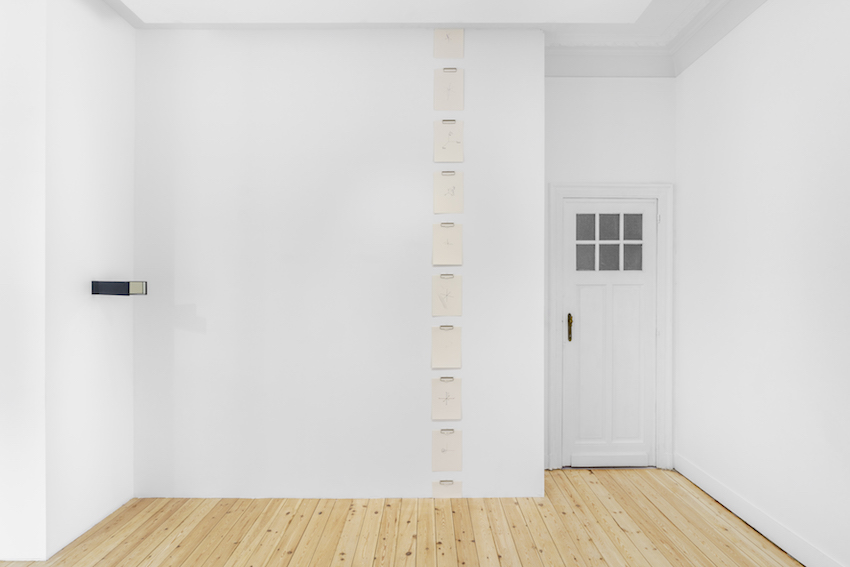
Marc Buchy, exhibition view Quantum Leap, Galerie Eric Mouchet Brussels, 2024 © Hugard & Vanoverschelde_3
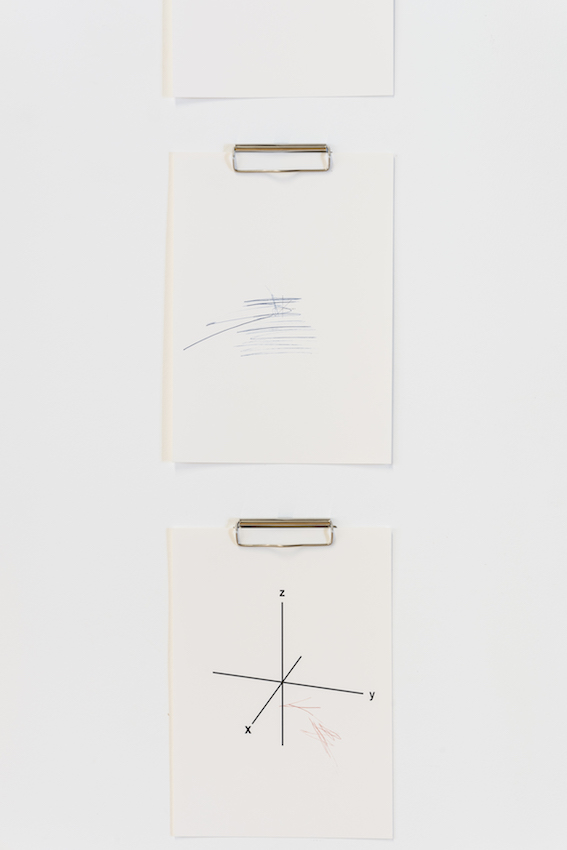
Eva L’Hoest, exhibition view Quantum Leap, Galerie Eric Mouchet Brussels, 2024 © Hugard & Vanoverschelde_2
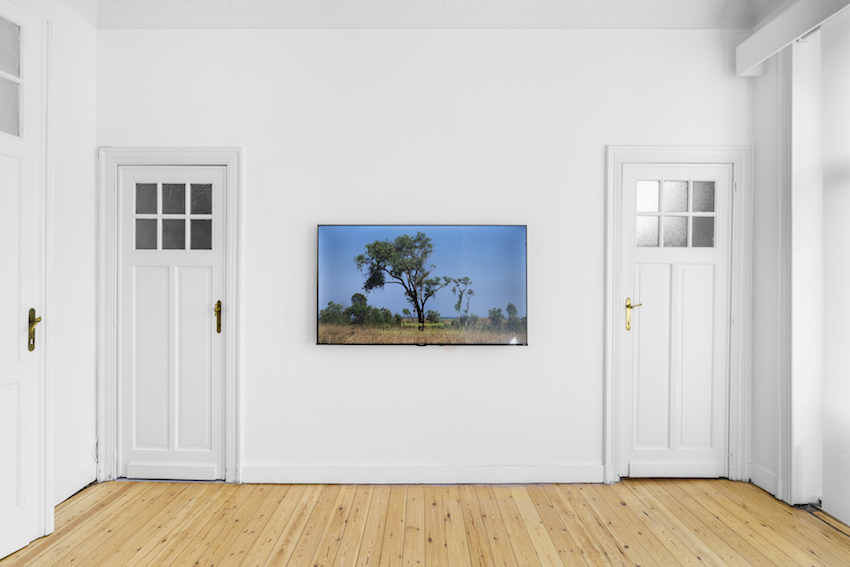
Eva L’Hoest, exhibition view Quantum Leap, Galerie Eric Mouchet Brussels, 2024 © Hugard & Vanoverschelde
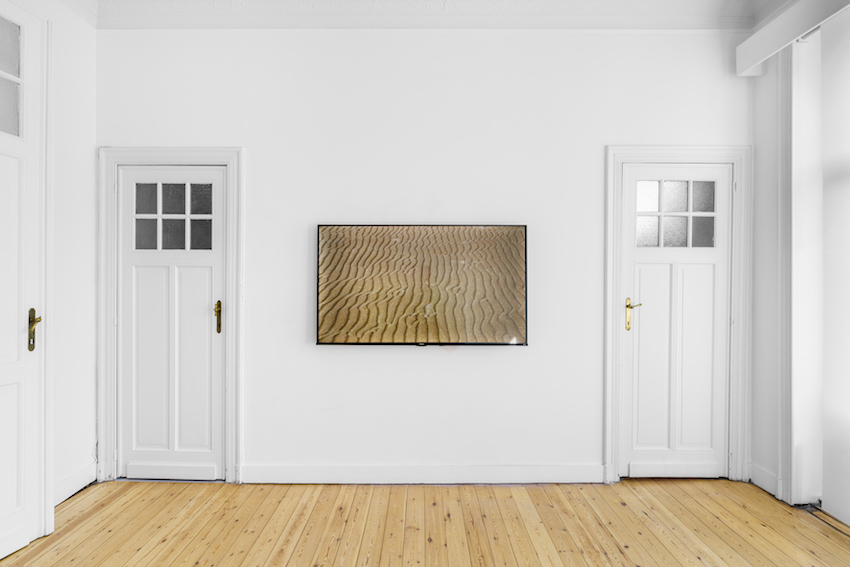
Capucine Vever, Rupes Nigra, 2018. Courtesy the Artist & Galerie Eric Mouchet
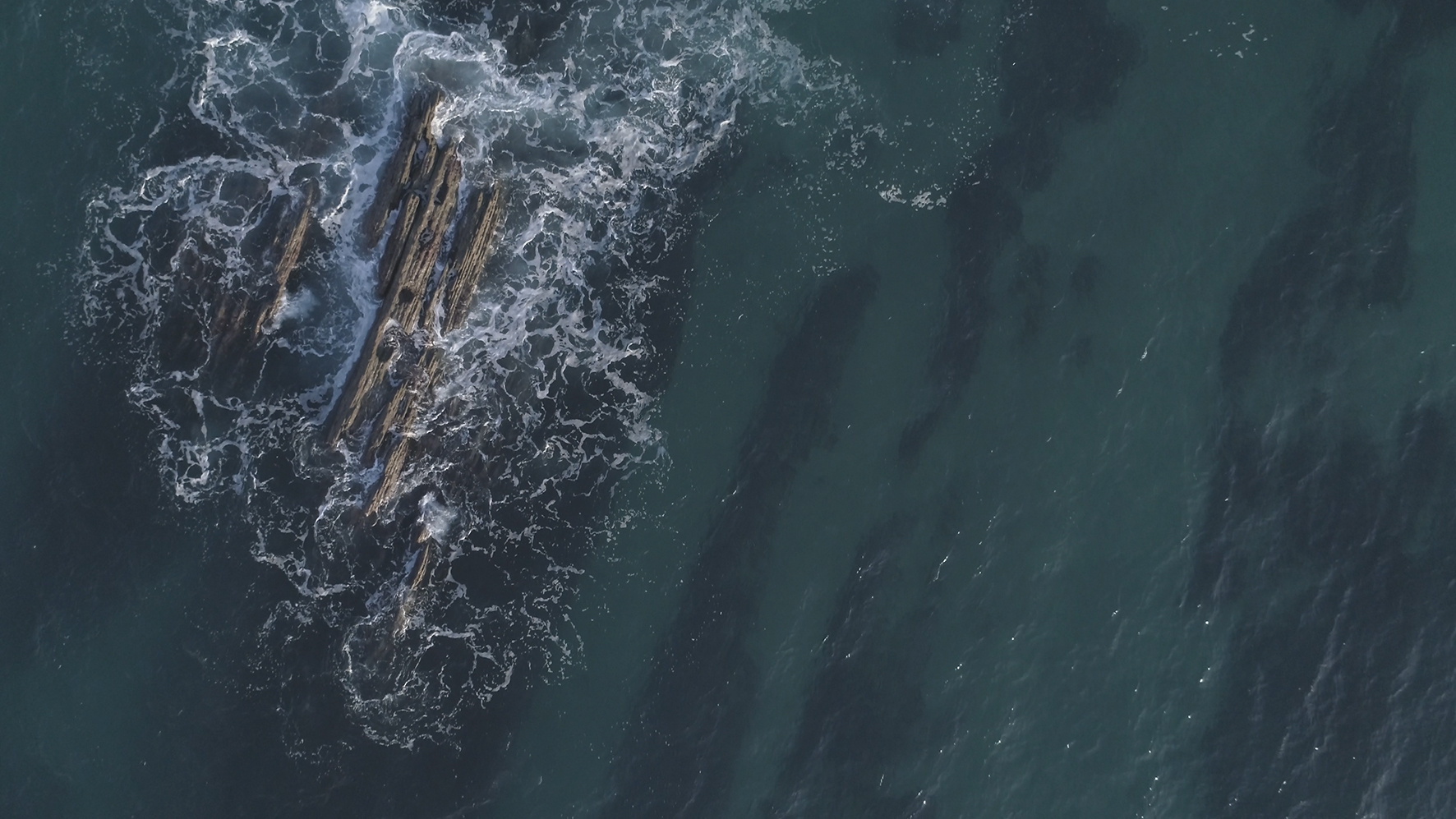
Eva L’Hoest et James Vaughan, What Hath God Wrought?, 2023. Vidéo, 15min_low
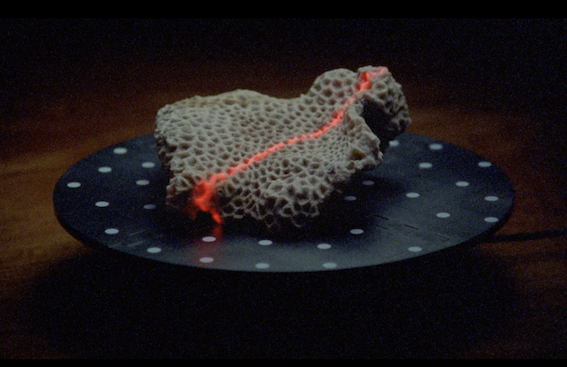
Nicolas Bourthoumieux, Principe d’incertitude, 2021. Courtesy the Artist © Jean-Christophe Lett
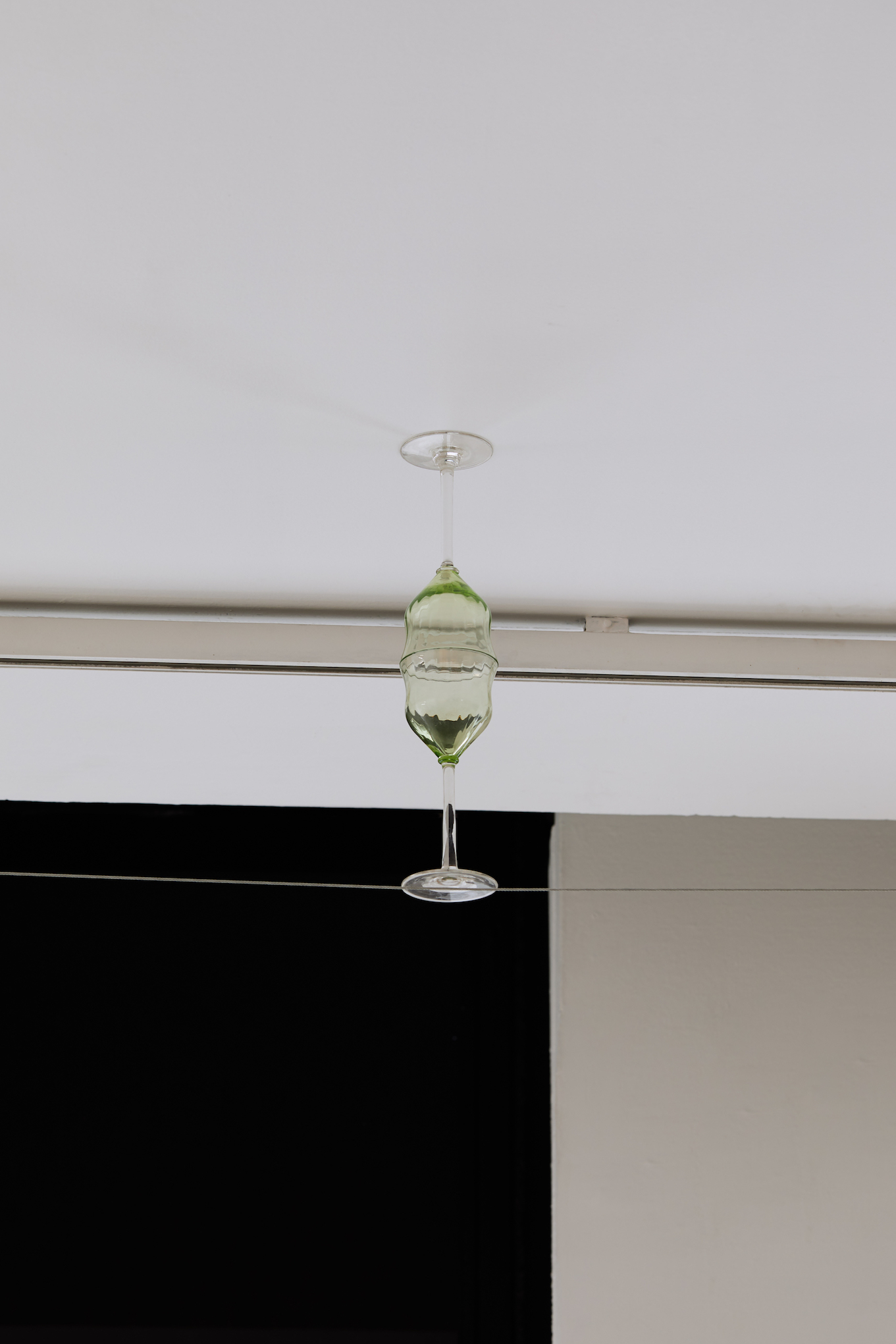
Nicolas Bourthoumieux, Négociation, 2024. Courtesy the Artist © Silvia Cappellari
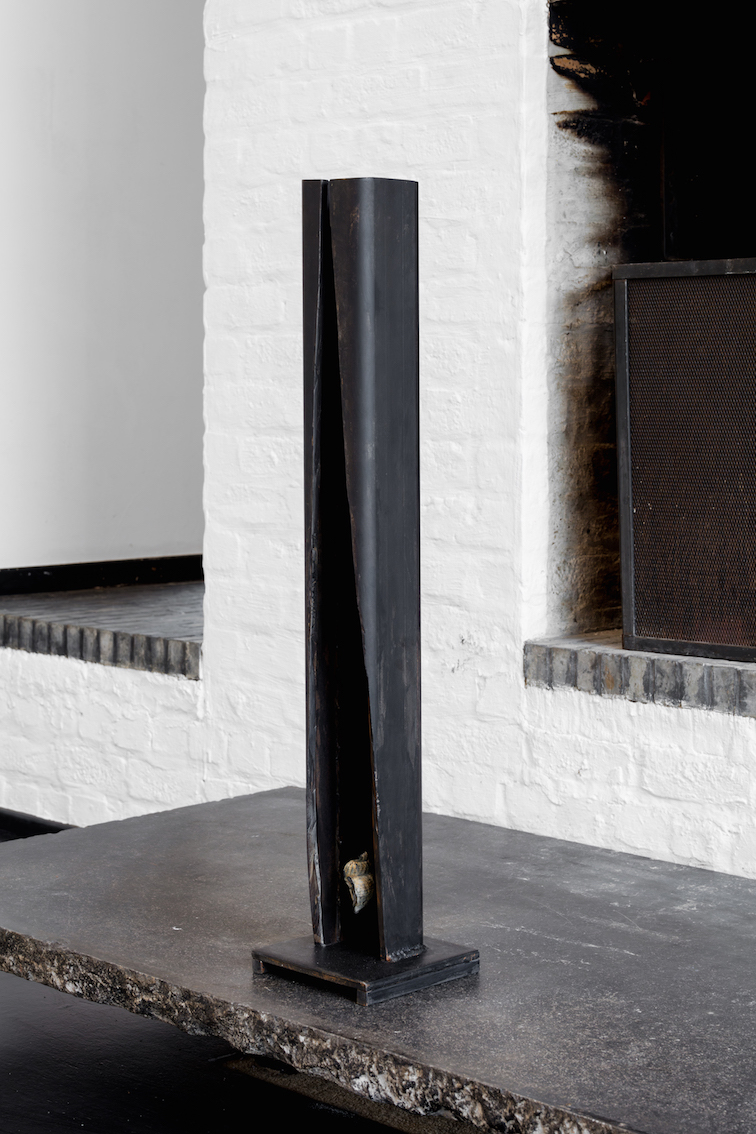
Les diamants ne brillent pas toujours éternellement, 2024_low
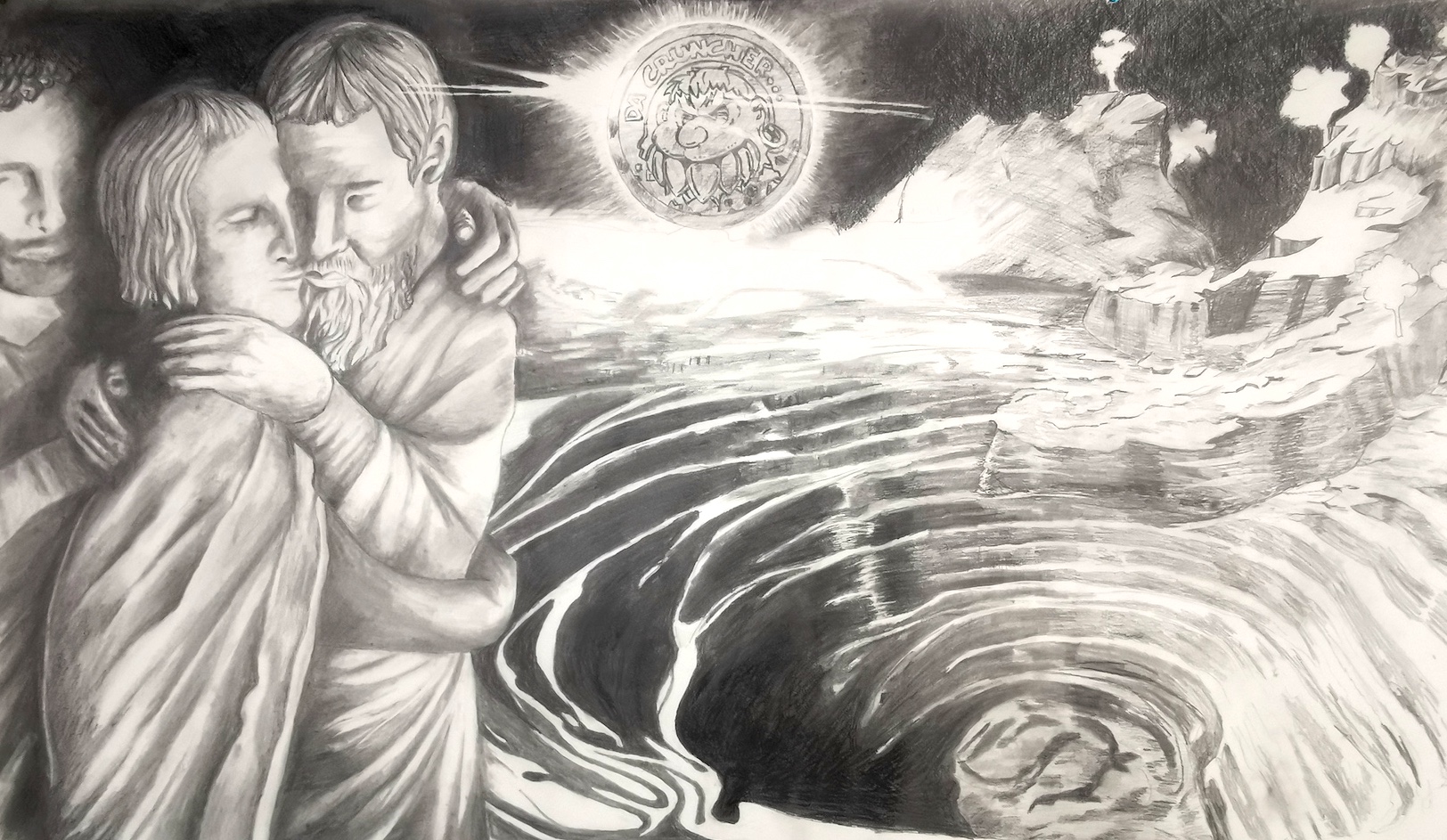
Marc Buchy, Ainsi à l’infini, 2020

Marc Buchy, Oculus Drift, 2024. Courtesy the Artist_low
